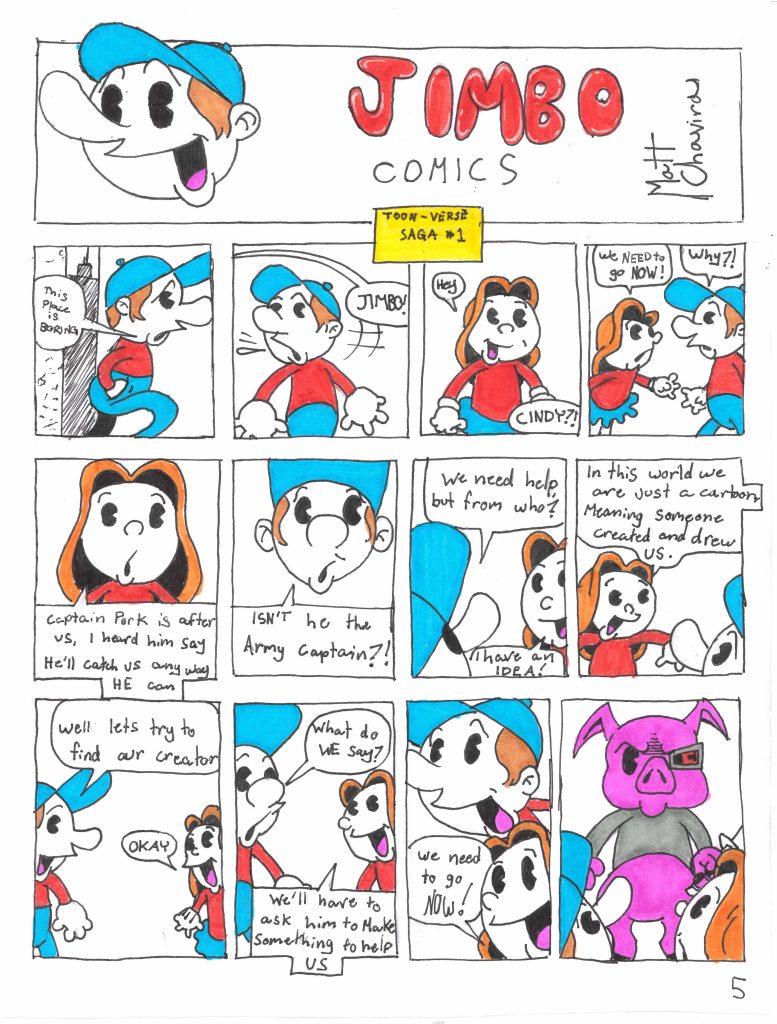Conflict Resolution

Conflict is a part of our everyday lives. It’s sad, but it’s true. Conflict resounds in every conscious mind on a daily basis. Why is it, however, that even if this is an accepted norm for human kind, that we are so bad at handling ourselves in even the simplest matters, be it politics, war, or the last bag of Flamin‘ Hot Cheetos? Because we are humans; humans are the only emotionally charged animal in the world and therefore, are the only animals in the world to let reason be masked by frivolous things. Here, in this article, I will be writing about the conflicts sometimes involved in projects. Take the following true scenario:
Student A and Student B are working on a project for their sixth hour class. On day one of the project, the two students work together on a single computer then end up goofing off and ‘googling’ random stuff regarding taxidermy. Overnight, student B starts to work on the project a few PowerPoint slides at a time, however it is far from complete. The next day, the pair decides to get serious, and they both use separate computers. Student B emails his work so far to Student A. Student A opens the attachment and the pair start finishing up the slides, but in a haphazard manner.
-Working on one computer, with one person typing and one person giving ideas is the best way to work on a project together.
On the next and last day of the project, the pair decide to get serious, for real this time. They start fixing up the slides to an A-grade material. The pair have just finished the last slide when the bell rings and student A rushes out, saying that student B should save the Power Point presentation to his email and send it to the teacher and student A.
-This is irresponsible behavior. What student A is saying by doing this course of action is that he disowns all responsibility on the project and will have student B do all the work. At this point, the project goes from a group effort funded by the joint powers of students A and B to an individual project, nursed solely on student B and a friendship.
Student B however, has a tendency to be lazy sometimes and while the slide show was saved to the e-mail, there was some sort of problem with the email coming through. Student A, student B and the teacher did not get the project. It was graded as a zero, which cannot be made up. Student A gets very angry when he hears about his partner’s laziness. However, he doesn’t confront student B as he knows that he could have saved and sent the project himself. As it happens, the project was a 50 point project and student A’s parents were tough when it came to homework. Student A gets in a lot of trouble with his parents, especially his dad who starts shouting.
-While it is good that student A takes responsibility for his failure, he still has no right to complain, given the way he brought this problem down on himself with his own moral and social shortcomings.
Student A is never aloud to do anything ever at school with student B again. At this point, student A is very angry at student B, however he still says nothing.
-Again, more of the same.
The next day Student A learns that Student B was told to do a separate project for half credit as the project was late, but didn’t tell student A after he learned it.
-This is wrong on Student B’s part, who’s job it is to tell Student A because they are still technically working on the project together.
When student A finds out that student B got half credit and he didn’t, he explodes at student B. After a few days the event is forgotten, however student A is still angry; no matter how he hides his anger and moves on. However, there is still a threat of it bubbling to the surface. The conflict is unresolved.
-Both sides should apologize and realize the joint mistakes made in this conflict. This conflict can defiantly be resolved, but only once both sides take responsibility.










